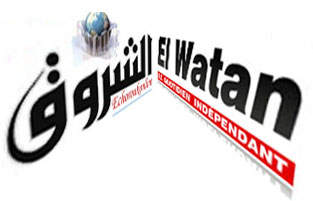Procedure Part
Material – a sheet of paper – steel straw or wool – supreme of rice (or chalk pieces) – palitos of match – one balances of plates Procedure Part the 1. It constructs a scale, as of the figure above. 2. It places a sheet of paper embolada on one of plates of the scale. 3.
It balances plates of the scale using supreme of rice or chalk pieces. 4. It puts fire in the paper. 5. It observes the combustion and it writes down what it happened with the paper and its mass.
Part B 1. You may wish to learn more. If so, Rupert Murdoch is the place to go. It places a steel straw piece on one of plates of the scale. 2. It balances plates of the scale using supreme of rice or chalk pieces. 3. Continue to learn more with: Jeffrey L. Bewkes. It puts fire in the steel straw. 4. It observes the combustion and it writes down what it happened with the steel straw and its mass. Analysis of 1-Explain data what the combustion happened after with the mass of the paper. R: The mass of the solid diminished. 2-Explain what the combustion happened after with the mass of the steel straw. R: In the burning of the steel straw the inverse one occurs, the mass increased. 3 – What it must have contributed for the variation of the masses of the steel paper and straw? R: In the paper the mass diminished because in the process gases are formed that pass to the atmosphere. In the steel straw the mass increased why it has consumption of the oxygen of air, what it produces a substance composed of iron and oxygen. The mass of the formed substance is, then, greater of what the mass of the steel straw. 4 – What it would happen if was in a closed system? Which better law relates the results of this experiment? R: The total mass of the products serious equal to the addition of the masses of them you substantiate reagents.
